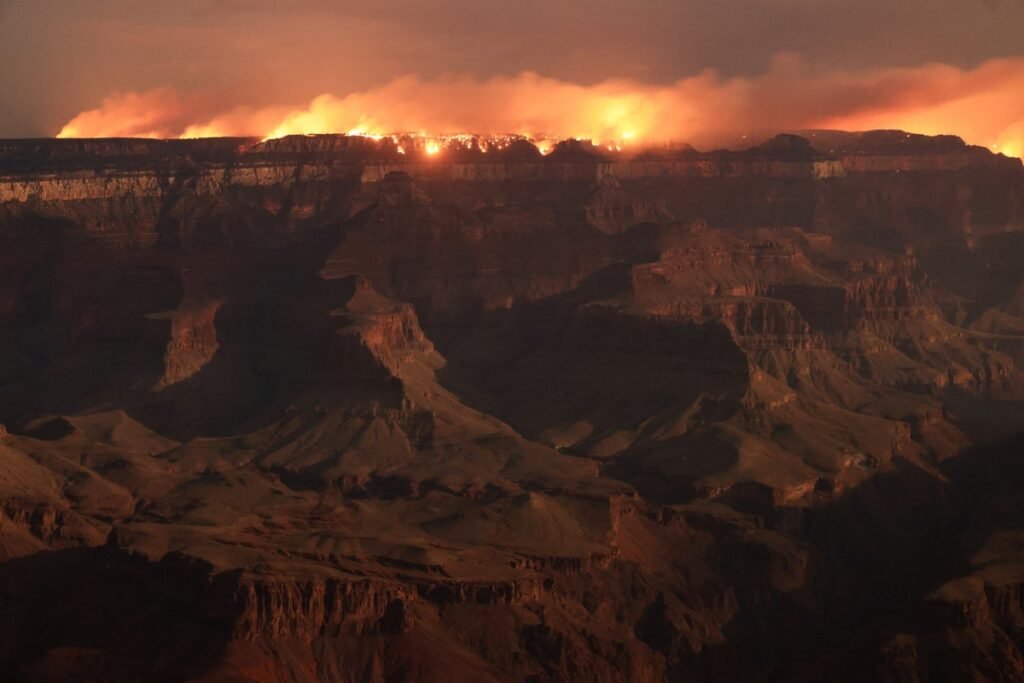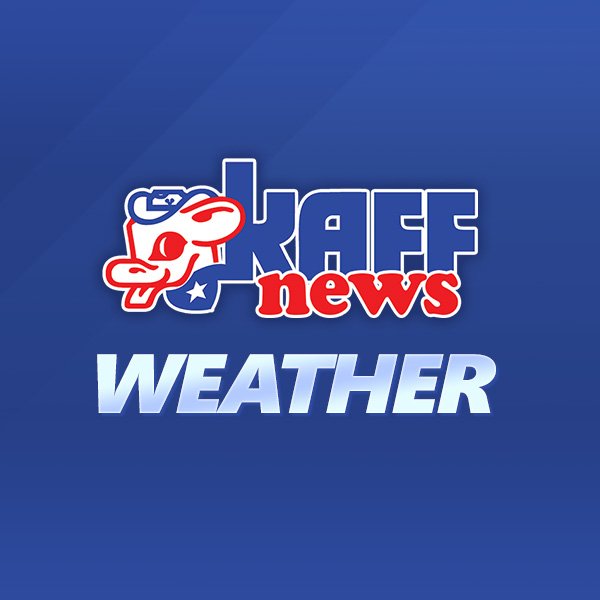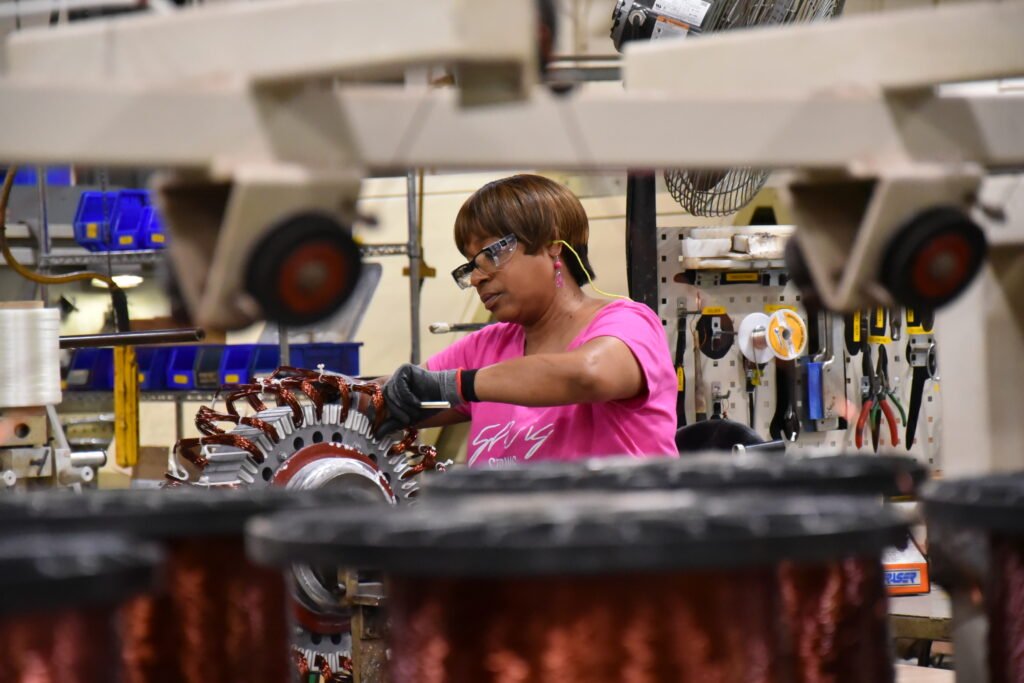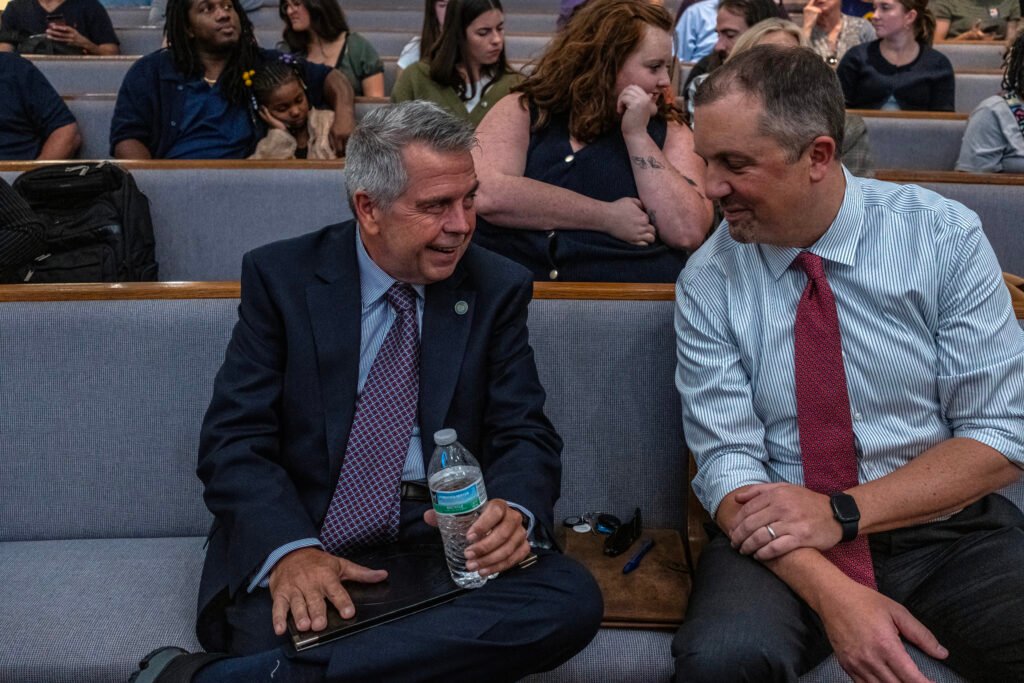Grand Canyon Wildfires Spread Over 126,000 Acres
The wildfires at Grand Canyon National Park in Arizona are devastating, currently consuming over 126,000 acres, making it the largest active fire in the country.
The Dragon Bravo Fire has been raging for a month after a lightning strike ignited the flames on July 4th at the North Rim.
Efforts to control the blaze have been severely hindered by record humidity levels. As of Tuesday, only about 13% of the fire has been contained, with the area burned reaching 126,445 acres, according to tracking information from a government website.
Nearby towns are organizing emergency community meetings as the fires pose risks to lives, disrupt business supply chains, and threaten the tourism industry, which brings millions of visitors to the area each year.
Fredonia’s mayor has declared a local emergency on Monday.
Mayor Don Johnson is advocating for “dramatic and meaningful changes in land use and forest management policies” to reduce the risk of similar fires in the future at the Kaibab National Forest.
Additionally, the fire has destroyed several historic lodges at Grand Canyon National Park, fueled by extreme heat and strong winds.
A government update on Tuesday cautioned that while humidity levels may rise, the weather conditions remain crucial for managing the fire.
Over the past fortnight, smoke from the fire has deteriorated air quality in surrounding towns, with gusty winds expected to reach up to 30 mph this week.
An emergency meeting is scheduled for Wednesday in the town of Page to address the situation.
Robert Ricky, a wildfire incident meteorologist, explained that permanent southwesterly winds have been carrying smoke into the Page area, leading to unhealthy air conditions.
Forecasts indicate some easing of the winds over the weekend, but rain, if it occurs, is projected to be minimal.
“The fire behavior we’re witnessing is unprecedented,” stated Lisa Jennings from the Southwest Area Incident Management Team. She noted the consistent dry conditions over the past week have created an abundance of fuel for the fire.
Meanwhile, smoke from other wildfires continues to affect millions living in the Upper Great Lakes region, where significant fires are also raging in Canada and the western United States.







